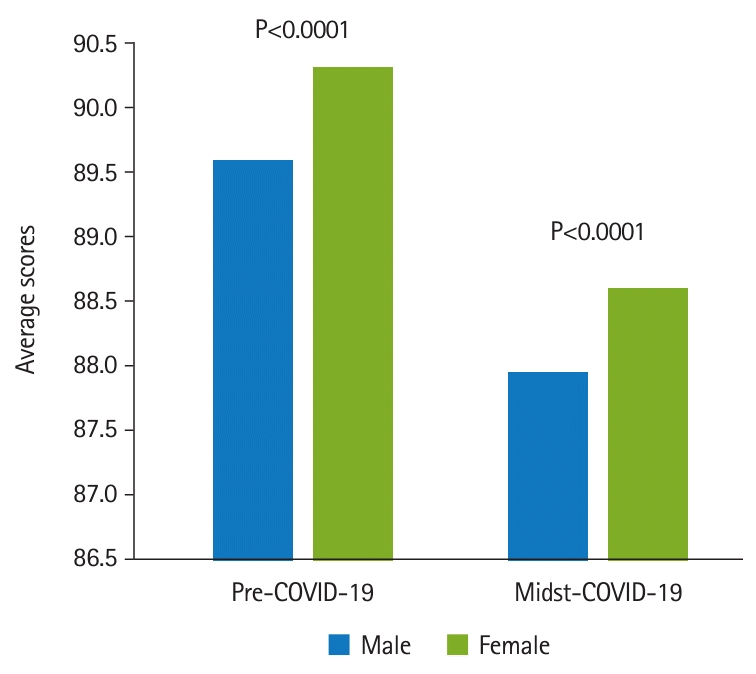Severely infected COVID-19 patients presented with acute respiratory distress syndrome and respiratory failure, thereby placing a high priority on infectious disease physicians and pulmonologists during the pandemic, as in China [
7]. COVID-19 created concerns regarding the spread of contagion and led to public social distancing, which inevitably resulted in the deferment and cancellation of elective procedures in Taiwan [
8]. Many studies have shown a reduction in hospital inpatient activity during the peak of COVID-19 infections in the United States [
9,
10]. One study reported a 39% decline in medical access after the COVID-19 outbreak in a community hospital in Taiwan [
5]. The learning-by-doing theory states that students better adapt and learn through a hands-on approach to their environment in all countries [
11]. As the flow of critical patients greatly increased, emergency departments became overwhelmed with potentially infected cases [
12]. Attending and resident physicians were reallocated to critical areas to care for increased cases of acute patients in hospitals [
13]. This led to a lack of teaching time, underscoring the need for instruction for medical students. In addition, courses have been altered from in-person teaching to mostly online learning, regardless of the number of patients in the departments, which in turn may interfere with students’ learning capabilities because of a lack of social interaction and lower motivation [
2]. In-person lectures are either pre-recorded or live-streamed using online meeting applications. Technology allows the convenience of virtual learning for medical curriculum delivery, case presentations, virtual patient care, testing, and interviews to be delivered to groups or individuals, as reported in the United States [
14]. Online teaching allows both group and individual settings, an easy process of students’ interaction in real life, and face-to-face sessions from any location. Although technology provides convenience, personal connections between faculty and students can be challenging in virtual courses. Students may report lack of interaction with instructors, response time deficiencies, and absence of traditional classroom socialization with their peers [
2]. In addition, students may be prone to distractions because of stilted interactions. Many clinical practice studies have shown that women performed better under uncertainty and during stressful periods than men in clinical practice [
6]. However, our previous study found that male students performed better than female students on standardized written examinations, while female students performed better than male students in various clerkships; additionally, men performed better with knowledge-based content, whereas women seemed more at ease in clinical environments [
15].








 PDF
PDF Citation
Citation Print
Print





 XML Download
XML Download